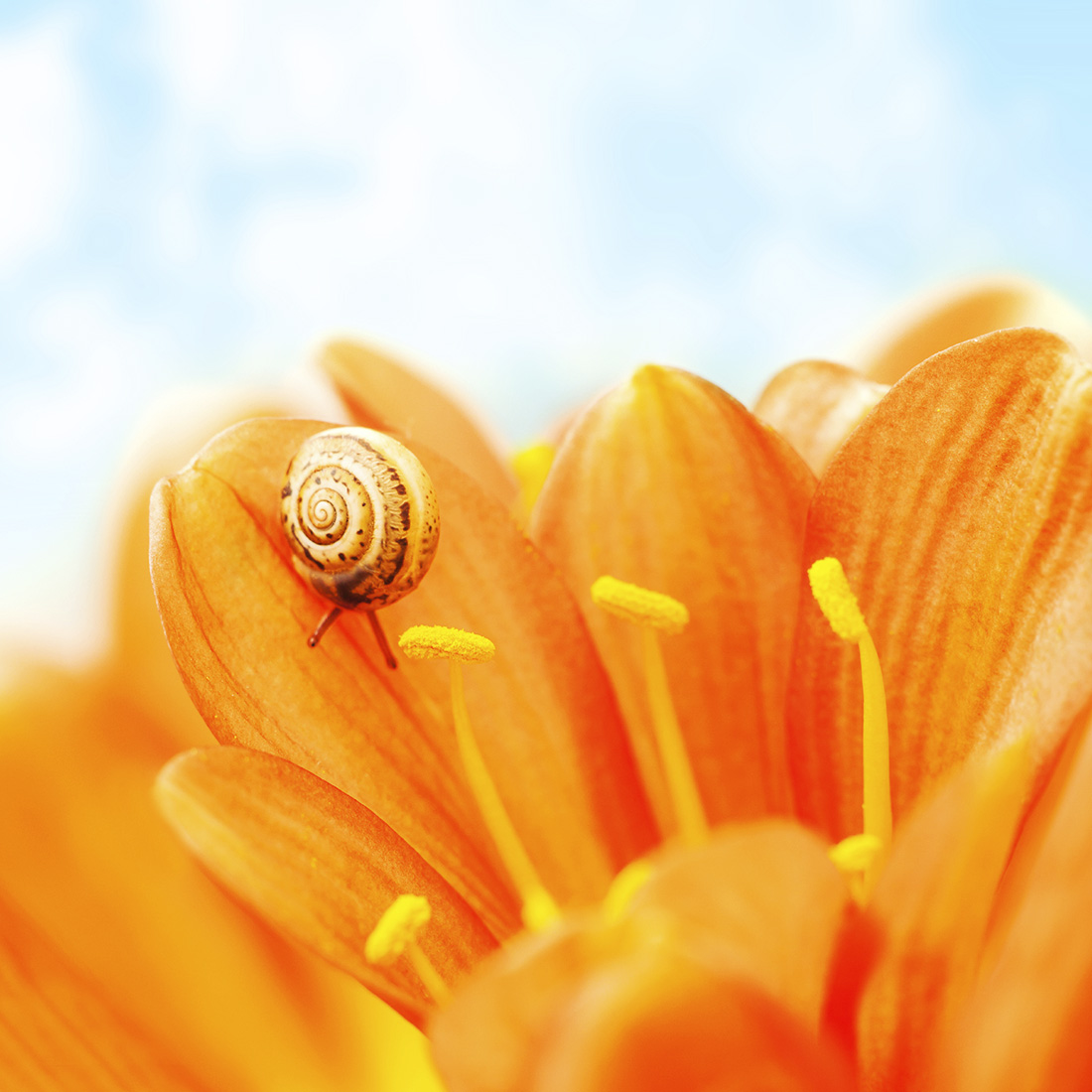
The Borneo Mollusk has just been classified as the world’s smallest snail, measuring less than a millimeter, and it can only be seen through a microscope. A new study details the animal, which has a translucent white shell that’s 0.7mm tall, and an average shell height of 0.86mm.
The Borneo Mollusk, scientifically named Amella nana, is so small it couldn’t be seen by scientists without a microscope, but they were eventually discovered in Borneo limestone hills. The real question is, though, just like the French escargot, could these tiny mollusks become a Borneo delicacy?

Borneo cuisine is diverse and has a jungle feel to it. Commonly found foods at markets include fern tips, rambutans, rose-apples, pinkish papayas, jackfruit, mangoes, langsats, watermelons, starfruit, mangosteens, dukus, breadfruit, coconut and bananas, and the cuisine is laden with pork, beef, chicken and seafood. The island of Borneo, which is compromised of Malaysia, Brunei and Indonesia, is home to as many as 47 snail species, and with the world’s smallest snail Borneo Mollusk among them, it could become a national delicacy.
The team behind the discovery, which is published in the journal ZooKeys, shared that there could be thousands or tens of thousands in a few handfuls of soil, and they add that it’s unlikely that the species finds itself in danger of becoming decimated any time soon. The tiny mollusk is present in at least three entire regions of Borneo for now, and it will continue to play the important role assigned to snail for hopefully a long time to come.
Snails feed on dead and decaying matter, and the team assumes the world’s smallest snail Borneo Mollusk does the same. There’s no telling if its newfound popularity lands it on bowls or plates next.

















